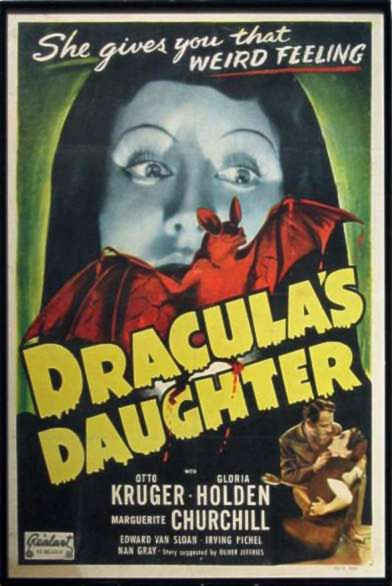Blood of Ambrose Nominated for World Fantasy Award
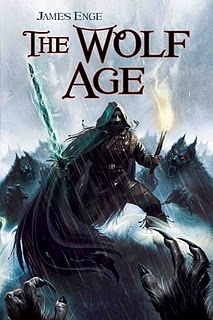 Locus Online reports that James Enge’s first novel Blood of Ambrose, part of his Morlock series, has been nominated for a World Fantasy Award for Best Novel of the Year.
Locus Online reports that James Enge’s first novel Blood of Ambrose, part of his Morlock series, has been nominated for a World Fantasy Award for Best Novel of the Year.
The other nominees are The Red Tree by Caitlín R. Kiernan, China Miéville’s The City & The City, Finch by Jeff VanderMeer, and In Great Waters by Kit Whitfield.
Morlock first appeared in “Turn Up This Crooked Way” in Black Gate 8. Since then he’s returned to our pages a total of four times, most recently in the novella “Destroyer” in Black Gate 14. All the Black Gate stories, plus many others, were collected in This Crooked Way, the second volume in the series.
Howard Andrew Jones also published three Morlock tales in the late, lamented Flashing Swords e-zine. Morlock’s most recent appearance was in the new Eos anthology Swords and Dark Magic. You can learn more about the origin of Morlock in Howard’s lengthy Black Gate interview with Enge here.
The complete list of World Fantasy Award nominees is here.
In other Enge news, Publisher’s Weekly has given the third Morlock volume, the upcoming novel The Wolf Age, a starred review, saying:
Werewolves clash with legends in the harrowing and beautiful third novel (after 2009’s This Crooked Way) detailing the epic travels of enchanter Morlock Ambrosius. Following a string of bad luck, Morlock is incarcerated in the werewolf fortress of Vargulleion… Enge’s elegant prose perfectly captures Morlock’s terse and morbid nature, which thrives in the vicious, honorable werewolf nation. Numerous intimate, complicated, and contentious relationships provide depth and gravity to the grim tale, which will enthrall fans of the dark and sinister.
The Wolf Age will be published by Pyr in October.
Congratulations James — on both the boffo review, and the nomination! They are richly deserved.
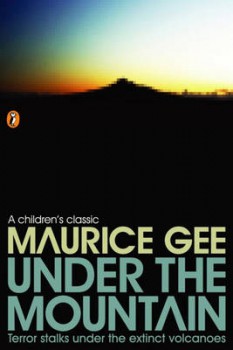 Under the Mountain (1979)
Under the Mountain (1979)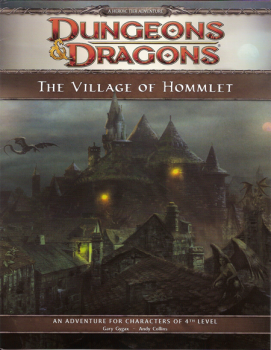 How cool is this? Wizards of the Coast has released an updated version of Gary Gygax’s 1979 classic The Village of Hommlet, one of the most celebrated AD&D adventures and the first part of the notoriously difficult
How cool is this? Wizards of the Coast has released an updated version of Gary Gygax’s 1979 classic The Village of Hommlet, one of the most celebrated AD&D adventures and the first part of the notoriously difficult 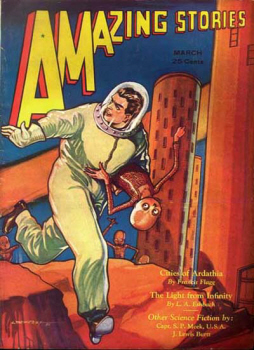 Newcomers to fantasy collecting may be unaware of the scope of pertinent and very useful information on the web, and particulary the resources assembled by members of the Yahoo Fictionmags Group. The terms “Big List,” “FMI,” “Galactic Central,” “Locus Index” and many others crop up without necessarily being understood. Fictionmags includes the authors of some of the most seminal and definitive reference works on magazine Science Fiction, Fantasy, and General Fiction. Not only is this material substantial and providing of answers to many questions, but it is also FREE to anyone conversant in accessing the internet.
Newcomers to fantasy collecting may be unaware of the scope of pertinent and very useful information on the web, and particulary the resources assembled by members of the Yahoo Fictionmags Group. The terms “Big List,” “FMI,” “Galactic Central,” “Locus Index” and many others crop up without necessarily being understood. Fictionmags includes the authors of some of the most seminal and definitive reference works on magazine Science Fiction, Fantasy, and General Fiction. Not only is this material substantial and providing of answers to many questions, but it is also FREE to anyone conversant in accessing the internet.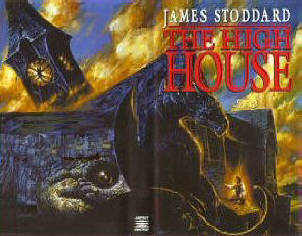 In 1998, American writer James Stoddard published his debut novel, The High House, and two years later followed it with a sequel, The False House. They’re two of the more remarkable fantasies I know.
In 1998, American writer James Stoddard published his debut novel, The High House, and two years later followed it with a sequel, The False House. They’re two of the more remarkable fantasies I know. 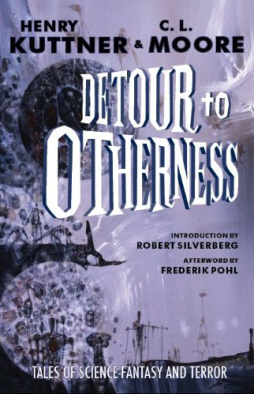 Yesterday’s deliveries here at the Black Gate rooftop headquarters yielded — among the usual bills, magazines, and spare parts for the plutonium-powered signal beacon — a review copy of Detour to Otherness, by Henry Kuttner & C.L. Moore.
Yesterday’s deliveries here at the Black Gate rooftop headquarters yielded — among the usual bills, magazines, and spare parts for the plutonium-powered signal beacon — a review copy of Detour to Otherness, by Henry Kuttner & C.L. Moore.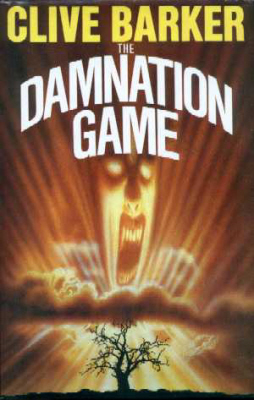 Collector prices are not always rational, as I think most collectors know. They can be fueled by hysteria. As many collectors have noticed, Clive Barker futures are very soft these days. Only the first British hardcovers of the Books of Blood and the British first of The Damnation Game have retained their value. There was a time, within a year or so of publication, when the advance galley of the American edition of Weaveworld could easily bring a hundred dollars. The last time I sold one, I bought it for $1.00 and got $10.00; but that was years ago. Nowadays you would be lucky to get five dollars for a copy. American firsts of Barker, or even galleys of same, are virtually worthless.
Collector prices are not always rational, as I think most collectors know. They can be fueled by hysteria. As many collectors have noticed, Clive Barker futures are very soft these days. Only the first British hardcovers of the Books of Blood and the British first of The Damnation Game have retained their value. There was a time, within a year or so of publication, when the advance galley of the American edition of Weaveworld could easily bring a hundred dollars. The last time I sold one, I bought it for $1.00 and got $10.00; but that was years ago. Nowadays you would be lucky to get five dollars for a copy. American firsts of Barker, or even galleys of same, are virtually worthless.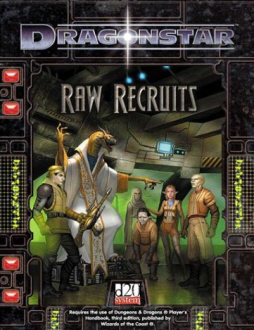 D&D in space. It’s an idea that has been around for a long while in the form of TSR/WotC’s Spelljammer.
D&D in space. It’s an idea that has been around for a long while in the form of TSR/WotC’s Spelljammer.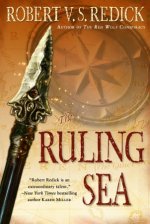 I’m on vacation, but for the one or two (and I’m probably overestimating) of you whose Saturday is not complete without something from me in this space, you can read my
I’m on vacation, but for the one or two (and I’m probably overestimating) of you whose Saturday is not complete without something from me in this space, you can read my 